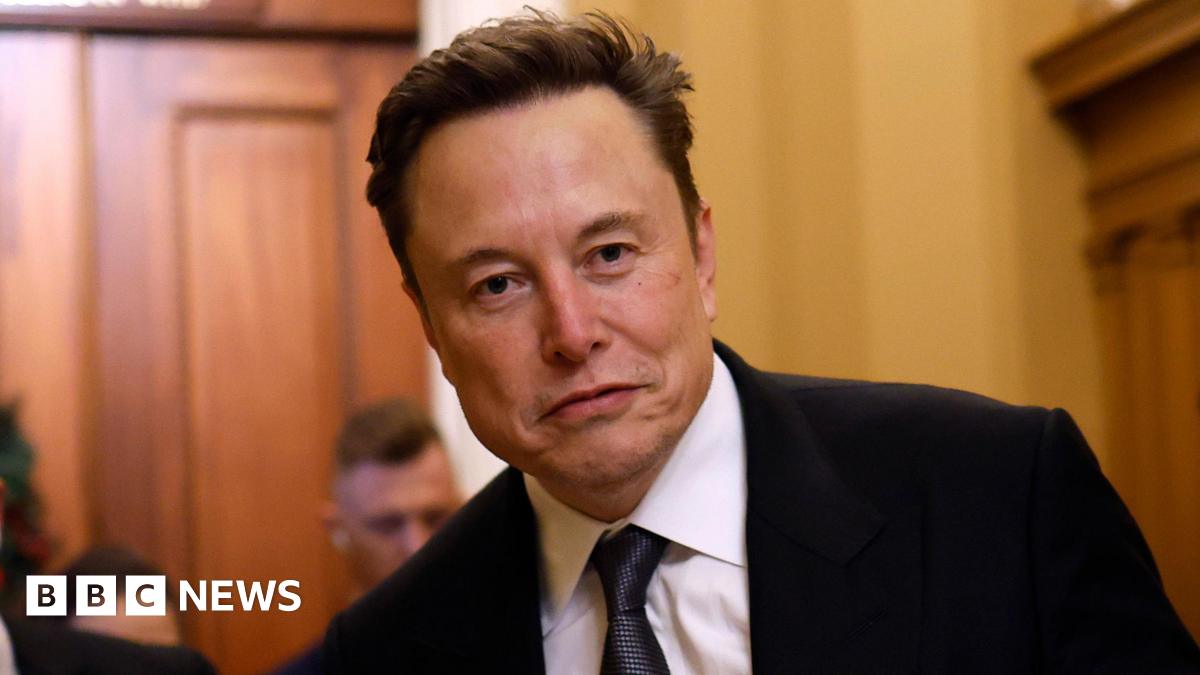Stay informed with free updates
Simply sign up to the US inflation myFT Digest — delivered directly to your inbox.
The US is heading for a soft landing, as the economy expands while inflation drifts back to the Federal Reserve’s 2 per cent target, according to projections from economists polled by the Financial Times.
GDP growth will be 2.3 per cent in 2024 and 2 per cent in 2025, according to the median estimates by the economists polled in the FT-Chicago Booth survey.
Unemployment will rise to 4.5 per cent by the end of this year, slightly above the current rate of 4.2 per cent but still historically low, while the core personal expenditures index — the Fed’s preferred inflation gauge — will fall to 2.2 per cent from 2.6 in July, the economists predicted.
The survey findings, which come just days before the Fed is expected to begin cutting interest rates, suggest the US economy is heading towards the central bank’s optimal outcome after a period of high borrowing costs: solid growth, low inflation and healthy employment.
“It’s a shockingly smooth landing,” said Dean Croushore, who served as an economist at the Fed’s Philadelphia Reserve Bank for 14 years and participated in the survey. “Fundamentally, things are still pretty strong across the board.”
The more benign outlook in the survey, which polled 37 economists between September 11 and 13, found that a majority of respondents did not expect a contraction in the next several years.
The optimistic view aligns closely with the Fed’s, whose officials have steadfastly argued that a recession can be avoided as inflation falls back to target.
It also suggests that a closely watched recession indicator may be off target in this cycle.
The so-called Sahm Rule marks the start of a recession when the three-month average rises at least half a percentage point above its low over the past 12 months. The economist who penned the rule has even said it being triggered may not mean what it has in the past.
“This could be the one occasion that breaks the Sahm Rule,” said Jonathan Wright, a former Fed economist now at Johns Hopkins University, who helped to design the survey.
“I don’t see anything in the nature of an adverse feedback loop or anything in the nature of recessionary dynamics in play yet,” he said. “That is something where you see unemployment rising, and because of that consumption and investment fall, and because of that unemployment rises, and so on.”
The Fed has made clear it does not want to see the labour market worsen beyond current levels, with chair Jay Powell saying officials would “do everything we can to support a strong labour market as we make further progress towards price stability”.
The Fed next week is widely expected to cut interest rates from the 23-year high of 5.25-5.5 per cent it has held since last July, although the decision to cut by half a percentage point or a more traditional quarter-point remains a close call.
More than 90 per cent of the economists polled thought the Fed would opt for a quarter-point cut, with 40 per cent expecting its policy rate to fall by three-quarters of a percentage point or more this year. By the end of 2025, more than 80 per cent thought it would be held at 3 per cent or more.
Traders in swaps markets are currently pricing in a roughly 50 per cent chance that the Fed will go for a bumper, half-point cut next week and lower the rate a full point this year.
Croushore said he would not be surprised if the Fed opted for the bigger cut next week, especially if officials thought they had been too slow to loosen monetary policy in the summer. But “the quarter-point difference isn’t going to be that big a deal”, he said.
Wright said a half-point cut would not be unreasonable at some point, given the Fed is in “very restrictive territory” now that inflation was under control. But he worried about the signal an initial half-point cut might send.
“Previous easing cycles that have started out with 50 [basis points] have been in the context of crises or something very visibly wrong,” he said. “There is a worry that it’s seen as an ominous sign or that it could be seen as something political before the election.”
The September meeting comes just seven weeks before Donald Trump and Kamala Harris face off in the polls.
Both candidates have distinctly different economic platforms, with former president Trump touting tariffs, tax breaks for corporations and deregulation and vice-president Harris focusing on tackling price-gouging and raising taxes on the wealthy and big businesses to pay for more generous social safety benefits.
Asked whose economic platform would be more inflationary, 70 per cent of the economists picked Trump’s. The same proportion thought his plan would lead to larger deficits. Less than a third thought there would be no material difference in terms of inflation, while roughly a fifth said the same regarding the deficit.
Additional reporting by Eva Xiao and Radhika Rukmangadhan in New York
Credit: Source link













